In October 2011, 61-year-old Diana Nyad, a divorcee, self-described childhood sexual abuse survivor and record-breaking long distance swimmer, inspired an audience when she spoke about her goals and her determination to meet them.
In September 2013, at the age of 64, after four unsuccessful attempts (the first one being in 1978, when she was 28 years old), she finally succeeded in swimming 110 miles (that’s 180 km, to us Canadians) from Cuba to Florida, and in doing so, challenged many of us to rethink the our own barriers, and “find a way” to meet our goals, saying:
“Whenever you’re pushing through the tough moments, find a way. If something is important to you and it looks impossible and you’re up against it, step back for a minute and ask yourself if you have the resolve to think of every -nth degree to get through this. And most times, we do.”
Ms Nyad’s story got me thinking about all the job seekers I see daily, who share with me their challenges in trying to meet their employment and career goals, and who inspire me with their determination. Finding “a way” is not easy, and reading Nyad’s story is a reminder that success isn’t a straight line between two points: Here are my ‘take home’ lessons from Diana Nyad’s story:
1. You are not too old.
At 64, Nyad did what most of us would never contemplated doing in our twenties, let alone in our sixties.
Many of my job seeker clients express concern about going through a career change, telling me that they’re “too old”, in their thirties, forties, fifties or even sixties, while others forge ahead, changing careers, going back to school for a couple of years, and starting anew. I am not denying that age is a genuine barrier, but it shouldn’t be a wall. As Nyad said, when asked to explain her motivation, “Because I’d like to prove to the other 60-year-olds that it is never too late to start your dreams.”
2. Don’t try it alone — get support.
When describing the plans for her swim, Nyad said, “It’s a large operation, like an expedition. We’ve got about 25 people, navigators, managers, boat crew, weather routers, medical people, shark experts, you name it.”
For job seekers and career changers, getting the support and expertise of professionals such as Employment Counsellors, network contacts and mentors can make a huge difference to how and when employment and career goals are met. Besides their expertise, people around you can offer encouragement and support, which can be key in keeping yourself motivated.
3. Plan.
Every meaningful success demands the attention and detail of careful planning. Nyad commented on her blog that “From August, 2009, to Labor Day, 2013, there was nothing but Cuba. Every day, every hour, the focus was laser sharp. No stone unturned”.
Employment and career success are no different. Success demands tedious, detailed planning, which sometimes takes significant time and always demands perseverance. Especially when financial pressures loom, we tend to become short-sighted and seek quick fixes and immediate results. Taking time to set goals and thinking through a strategy to “find a way” is well worth it.
4. Know when to cut your losses and learn from your mistakes.
Diana Nyad tried five times, and each time she learned something which helped her plan her next swim. Her ultimate success was a direct result of adapting her equipment, which previously failed.
The parallels are obvious: if your present job search approach isn’t getting you the results you need, try something different. Does your resume reveal your strongest assets in the best possible way? Are you networking sufficiently and with the right people? Do you have a LinkedIn profile and are you using it properly? Do you have competitive skills and experience?
5. Perseverance: try, try and try again (and again and again).
Nyad repeated the swim repeatedly over 3 decades. When planning her final swim she was determined to prove to herself that she did everything she could before giving up: “I just hadn’t reached the end. I hadn’t reached the wall where there’s nothing more to give. If I don’t make it, I will this time be able to look myself in the mirror and say, ‘There’s nothing more.'”
Success often comes just as we feel like giving up. For job seekers worn down by repeated rejections, financial struggles and negative job market reports, perseverance can be difficult. But picking yourself up again and planning anew, with the support of professionals and mentors, is the only option a job seeker has to “find a way” and become successful, once again.





